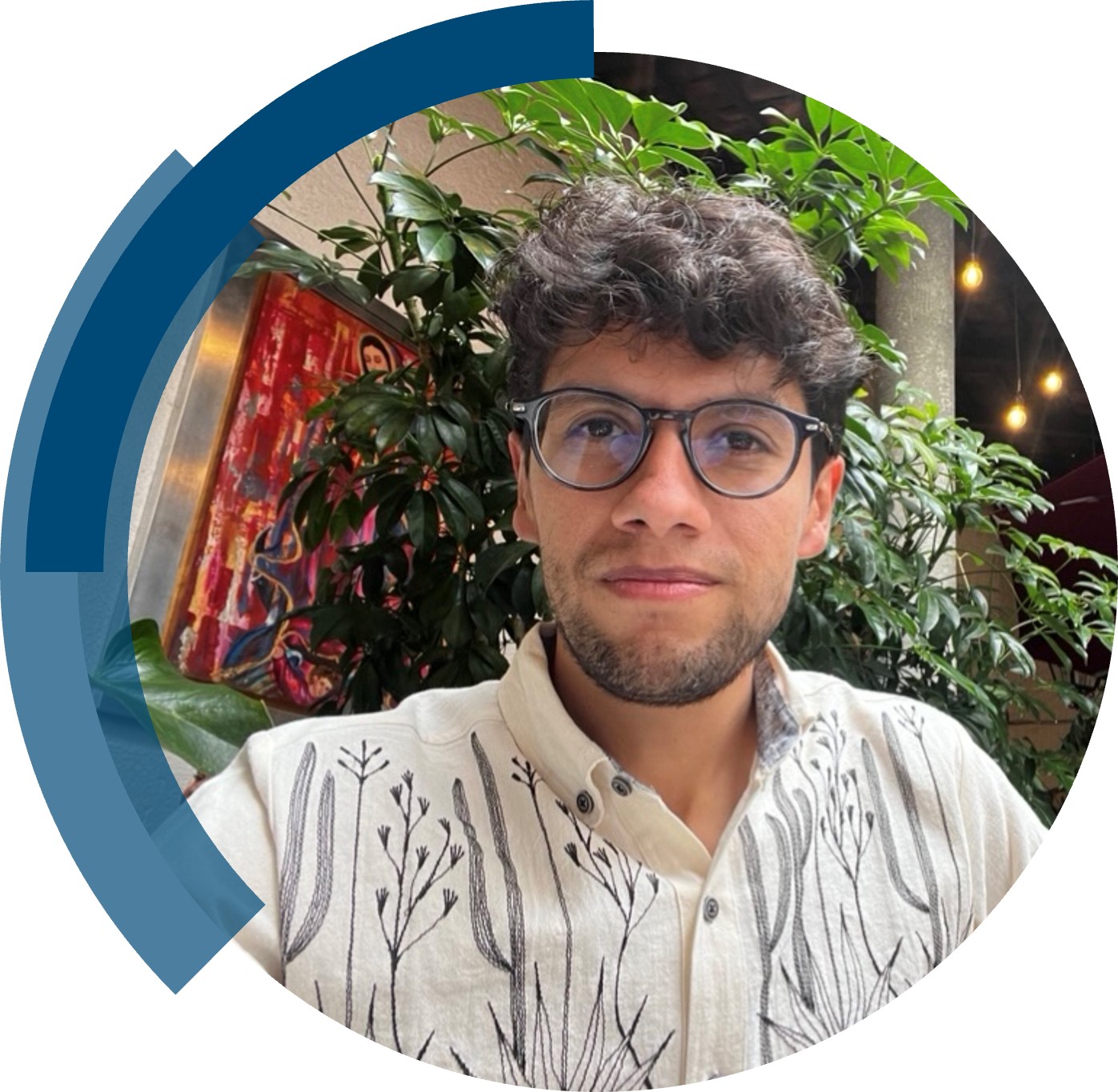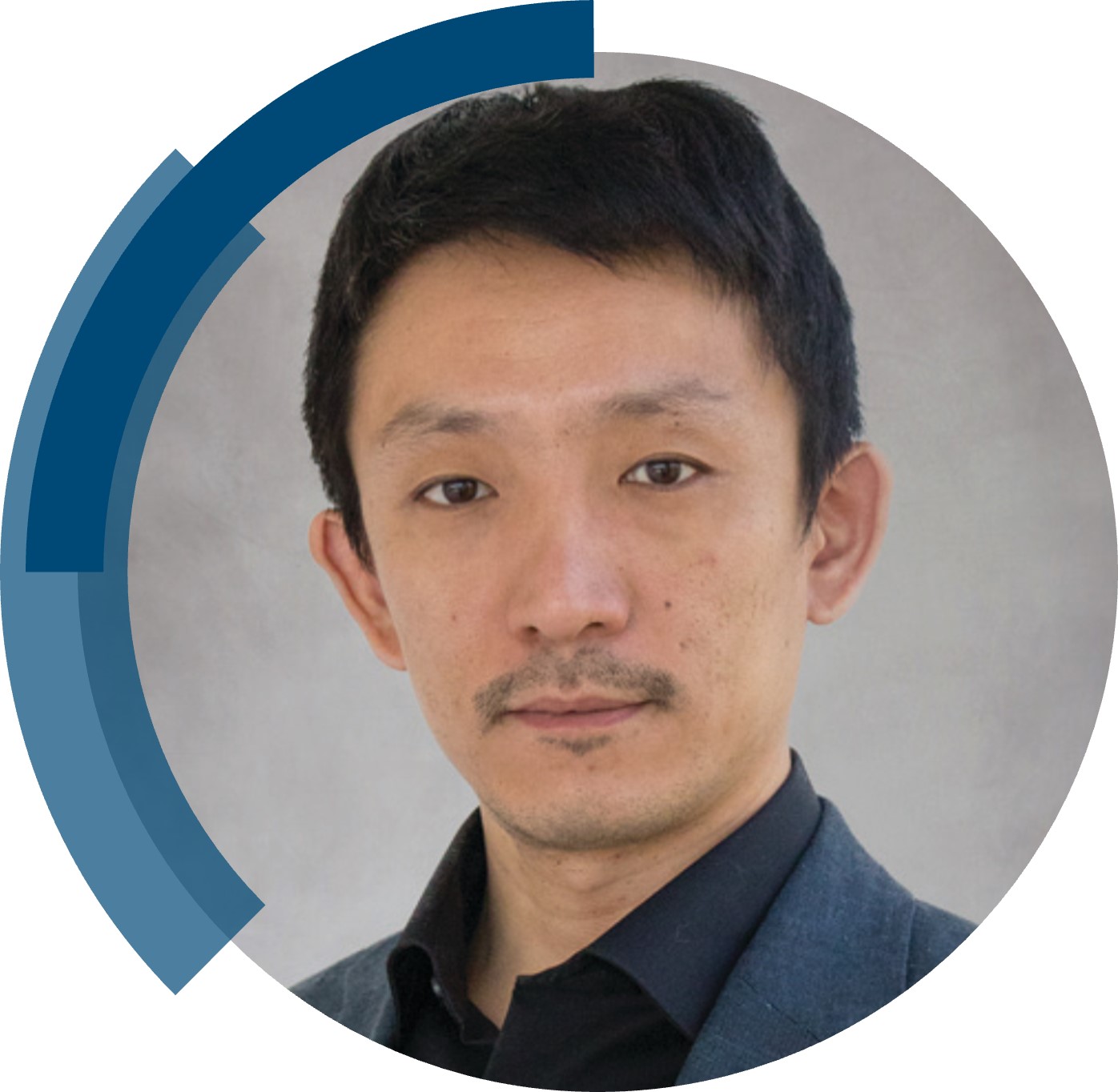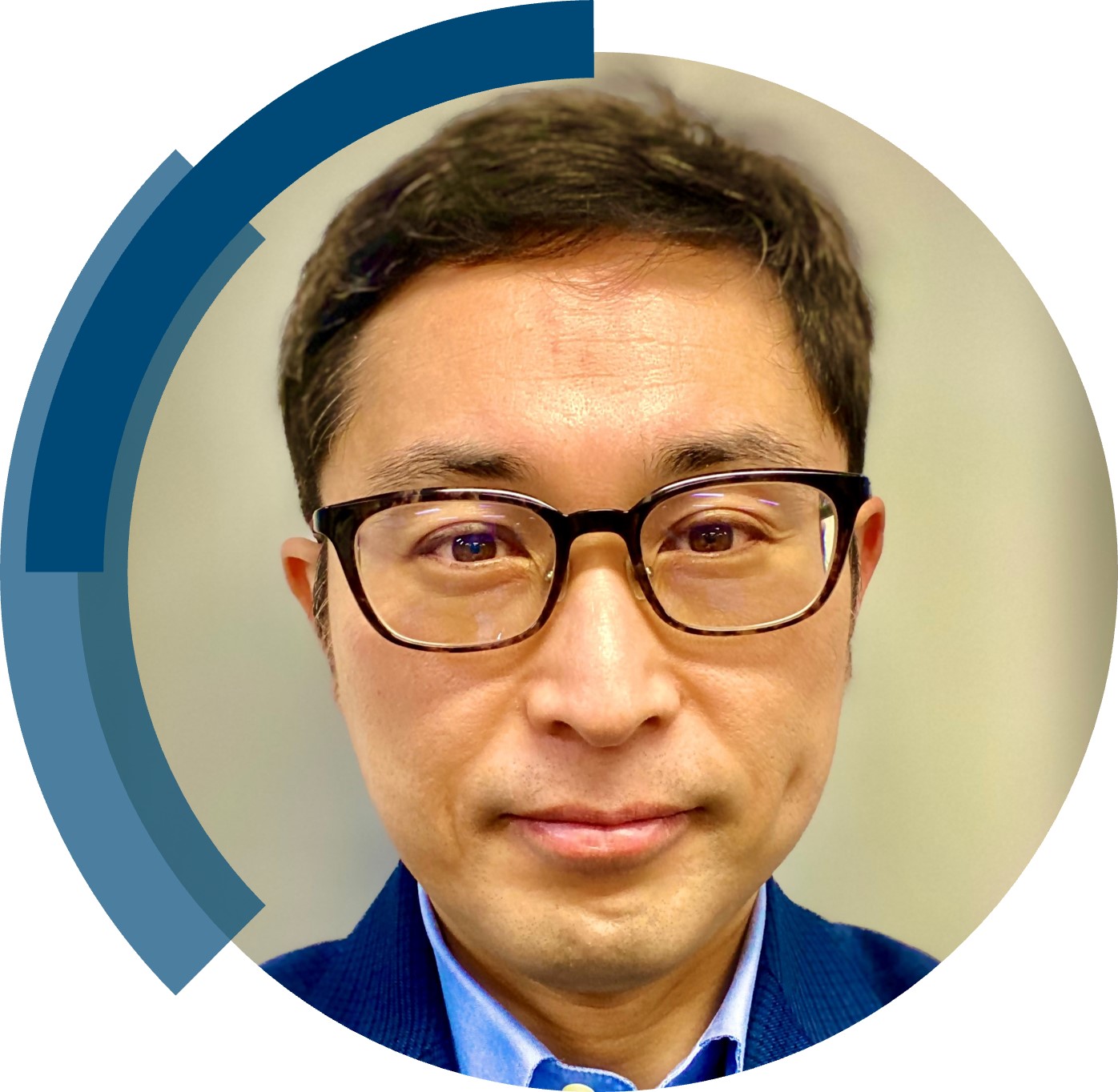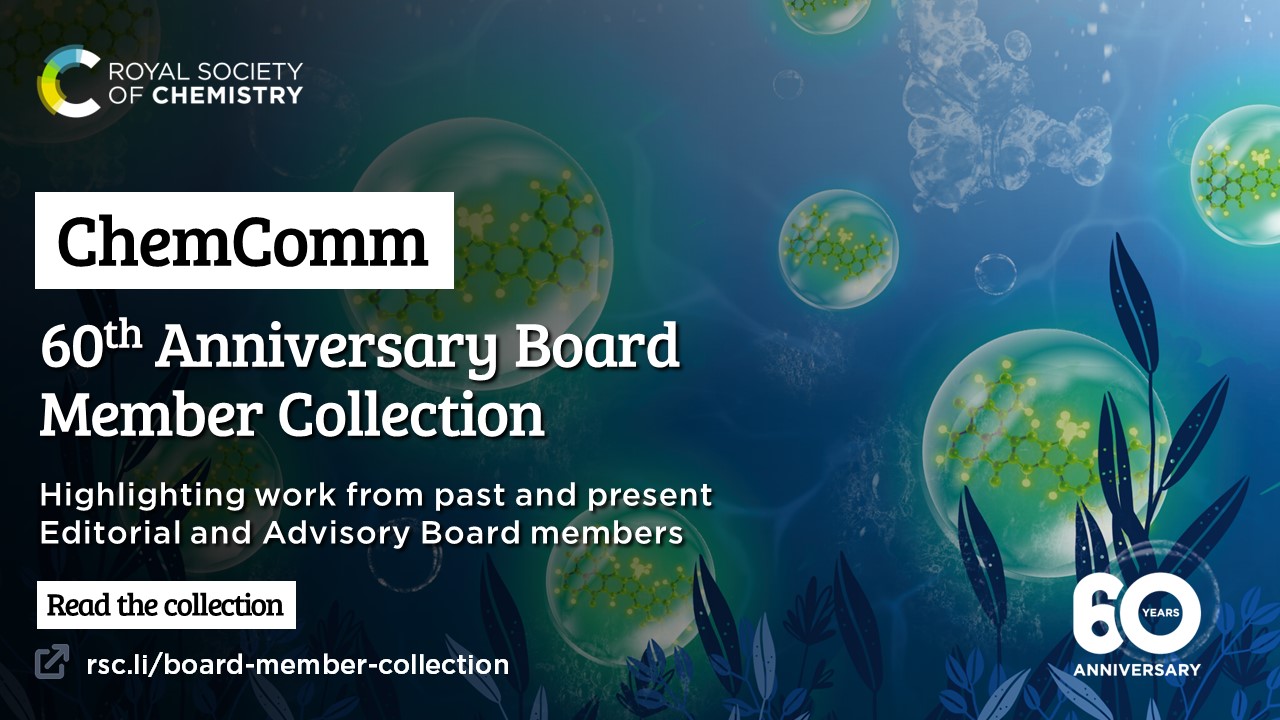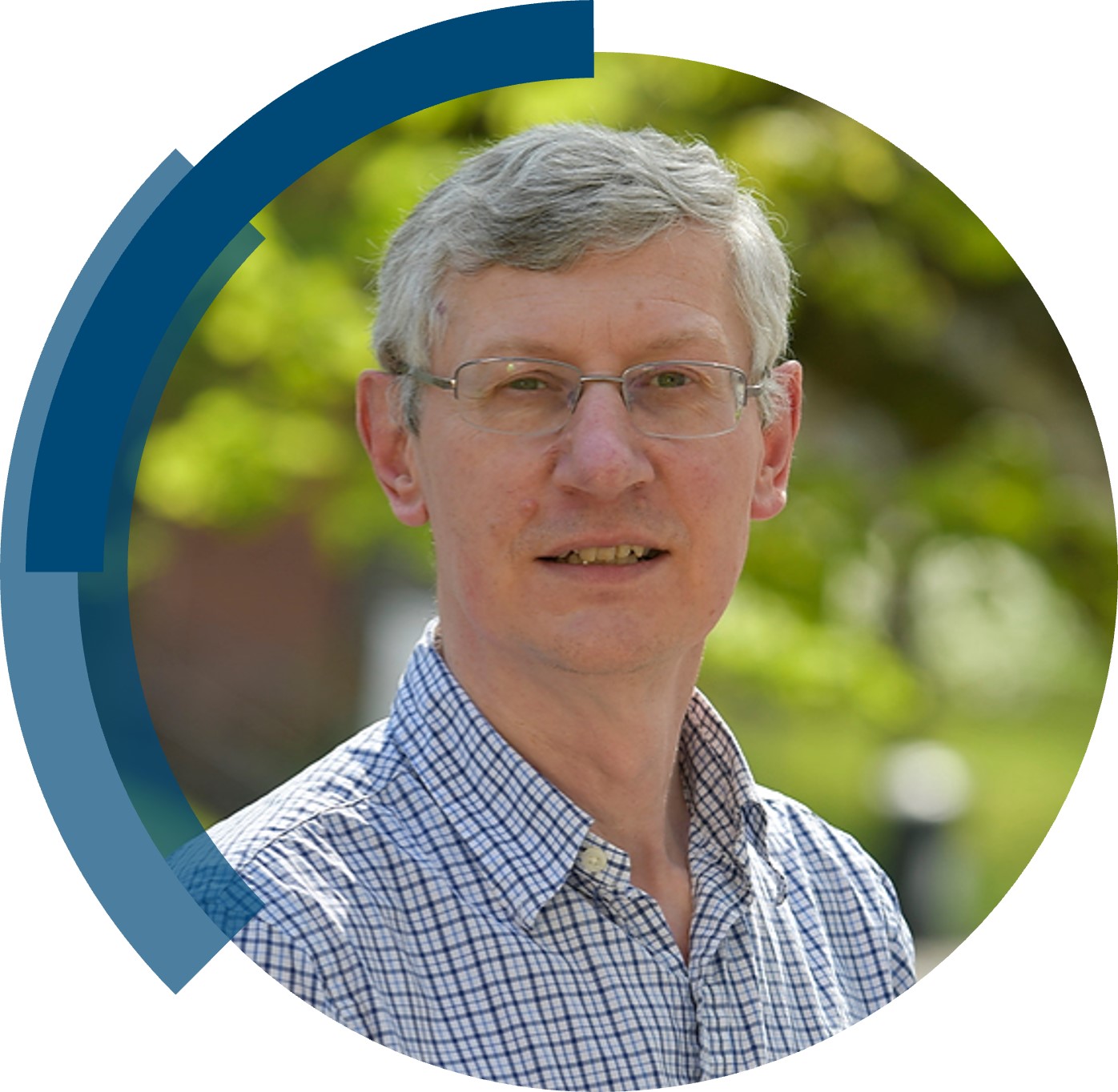ChemComm is publishing its 60th volume in 2024. Over the past 60 years, ChemComm has been the RSC’s most cited journal, and one of the most trusted venues for rapid publication of short communications. In our anniversary year, we recognise the important contributions ChemComm has made, and continues to make, in advancing the chemical sciences.
As part of our anniversary celebrations, we’ve brought together a collection featuring the latest research from some of our most loyal and dedicated authors. From those marking the beginning of their independent academic career by publishing their first article with us, to the rising stars and established leaders publishing in our yearly ‘Emerging Investigators’ and ‘Pioneering Investigators’ collections, this collection champions the contributions of our worldwide author community. We are proud many authors choose to support our journal by regularly publishing their best work with us. This collection also features papers from our ChemComm Emerging Investigator Lectureship winners, and our Outstanding Reviewer awardees, whose invaluable feedback has shaped our published content through the years.
To accompany the collection, we’ll be publishing interviews with contributing authors where they provide further insight into their research and reflect on their journey with ChemComm.
Check out our interview with Arturo Jiménez-Sánchez (Universidad Nacional Autónoma de México) below!
How have you seen ChemComm evolve over the years, and what aspects do you find most noteworthy?
ChemComm has evolved into a premier platform for rapid dissemination of cutting-edge research in chemistry. Its transition to online publishing and adoption of open access options have been particularly noteworthy, facilitating global accessibility and collaboration among researchers.
What is your favourite thing about ChemComm?
My favorite aspect of ChemComm is its commitment to publishing high-impact research across all areas of chemistry. The journal’s dedication to maintaining rigorous standards while ensuring rapid publication is commendable.
In what ways do you think ChemComm stands out among other journals in your field?
ChemComm distinguishes itself through its rapid publication times, broad scope covering all sub-disciplines of chemistry, and its reputation for publishing groundbreaking research. Additionally, its strong editorial team ensures fair and rigorous peer review, maintaining the journal’s high quality standards.
How would you describe the peer review process and interaction with the editorial team at ChemComm?
The peer review process at ChemComm is thorough and efficient. The editorial team provides constructive feedback and maintains clear communication throughout the review process. Their professionalism and dedication contribute to the overall positive experience of publishing in the journal.
Are there ways in which the journal can further support and engage with future generations of scientists?
To further support and engage future generations of scientists, ChemComm could consider initiatives such as mentorship programs, early career researcher forums, and highlighting diverse voices in chemistry through special thematic issues or features.
Could you provide a brief summary of your recent ChemComm publication?
Our recent publication in ChemComm titled “Exploring Mitochondrial Targeting: Innovative Fluorescent Probe Reveals Nernstian Potential and Partitioning Combination” introduces a groundbreaking method for optimizing mitochondrial targeting. Using a novel fluorescent probe strategy, the study reveals the combined impact of Nernst potential (W) and partitioning (P) contributions. By synthesizing new benz[e]indolinium-derived probes, the research redefines the landscape of mitochondrial localization, enhancing the retention of mitochondrial probes in primary cortical neurons under normoxia and oxygen-glucose deprivation conditions. This methodology not only deepens our comprehension of subcellular dynamics but also offers transformative potential for biomedical research and therapeutic development.
In your opinion, what are the next steps or potential areas of research that could build upon the findings in this paper?
In my opinion, the findings in this paper lay a solid foundation for several potential avenues of future research. One promising direction could involve further optimization and refinement of fluorescent probes that are not meant to exhibit pyrene-type excimer formation. Furthermore, investigating the mechanistic underpinnings of the observed effects on mitochondrial localization could uncover novel molecular pathways and cellular processes involved in subcellular dynamics. Finally, investigating the potential of novel mechanisms for targeting organelles using small molecule probes that are independent of membrane potential, such as targeting lysosomes to circumvent lysosomotropic effects (pH imbalance).
Be sure to read Arturo’s Communication, “Exploring mitochondrial targeting: an innovative fluorescent probe reveals Nernstian potential and partitioning combination” to learn more!



